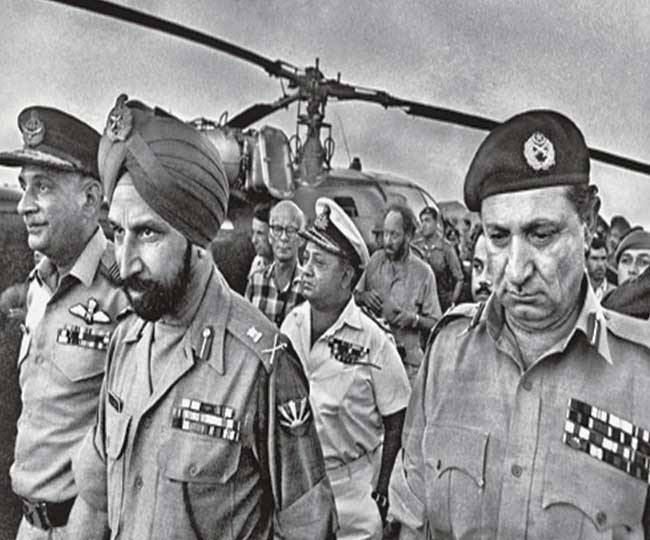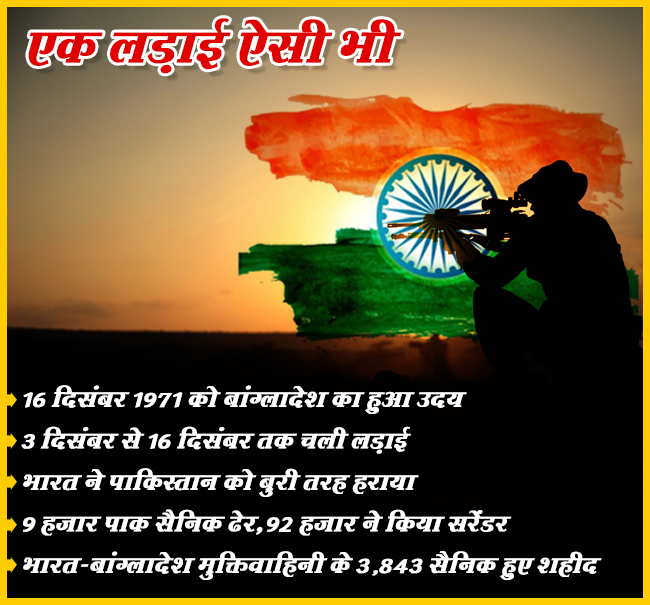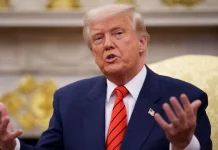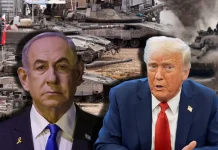New Delhi: December 16 In India, this day is celebrated as Victory Day. On this day in 1971, the Pakistan Army surrendered to the Indian Army. This war between the army of India and Pakistan lasted for 13 days. A new nation Bangladesh was born after the end of the war. In the 1971 historic war, the Staff Officer of the Eastern Command played an important role by Major General JFR Jacob. In such a situation, the question arises that why did India intervene in the internal affairs of Pakistan? What was the major reason behind this intervention? What was the role of the two world superpowers at that time? What was America’s stand in this war? Let us tell you the complete truth of the rise of Bangladesh. How economic inequality gave rise to a discontent despite religious equality in a country.
Discontent born in independent Pakistan due to economic disparity
On 14 August 1947, the country of independent Pakistan was formed, the basis of which was religion. There were two parts of the then Pakistan. One is East Pakistan and the other is West Pakistan. There were no social, economic and educational similarities in both parts of Pakistan. East Pakistan was more prosperous in terms of resources, but politically West Pakistan was more intense and dominating. Thus social and economic disparities found in two parts of the same country led to nationwide dissatisfaction and finally the formation of Bangladesh in 1971.

Political neglect gave the wind of freedom
At the time of the formation of Pakistan, the entire country could be divided into two parts. One is West Pakistan and the other is East Pakistan. In the western region, Sindhi, Pathan, Baloch and Mujahirs were in large numbers, while in East Pakistan there was a majority of Bengali speakers. Despite political consciousness East Pakistan remained politically neglected. The eastern side could never get proper representation in the power of the country. Due to this there was tremendous resentment among the people of East Pakistan. It was due to this resentment that Bangladesh leader Sheikh Mujib-ur-Rehman formed Awami League. They demanded more autonomy within Pakistan. In the general elections held in 1970, Sheikh’s party won a landslide victory in the eastern region. His party also won a majority in Parliament, but instead of making him Prime Minister, he was put in jail from here, the foundation of the partition of Pakistan was laid.
India intervenes in East Pakistan’s rebellion, Pakistan kneels
The people of East Pakistan took to the streets in protest against many years of struggle and atrocities of the Pakistani army and suppression of the Bangladeshi. General Yahya Khan was President in Pakistan during 1971. Khan gave responsibility to General Tikka Khan to allay the resentment that spread in the eastern side. But efforts were made by him to resolve the matter under pressure which made the situation completely worse. On 25 March 1971, there was a massive massacre in this part of Pakistan under the leadership of the army and police. From Operation Searchlight that began on 25 March 1971 to the freedom struggle of entire Bangladesh, there was fierce violence in East Pakistan. According to the Bangladesh government, around 3 million people died during this period. Countless women were robbed.

India took these steps after being liberated from the problem of refugees
- Due to this, the problem of refugees coming from Bangladesh in India was increasing. India appealed to the international community to improve the situation in East Pakistan. This request of India was ignored. There was no solution to the problem of refugees in India. Tired of atrocities in East Pakistan, about 8 million people had entered the Indian border. After coming to Aziz in April 1971, the then Prime Minister Indira Gandhi decided to liberate Bangladesh by supporting Mukti Vahini. As a result, there was a direct war between India and Pakistan. In this battle, India forced Pakistan to kneel. With this, a new country emerged in South Asia.
- In December 1971, through Operation Genghis Khan, 11 Indian airbases were attacked, followed by the war between India and Pakistan on 3 December 1971. After just 13 days, 93,000 army of Pakistan surrendered. Pakistan Army Chief Niazi lowered his badge and handed over his revolver to Lieutenant General Jagjit Singh Arora as a symbol. As a result, there was a direct war between India and Pakistan. In this battle, India forced Pakistan to kneel. With this, a new country emerged in South Asia.
America sent the seventh fleet against India
The special thing of this fight was that the US landed its seventh fleet against India. Pakistan was not ready to retreat due to China and Pakistan. Russia came forward to help India. Before the seventh fleet arrived, Indian forces laid siege to Dhaka on three sides and at the same time attacked the Governor’s House in Dhaka. At the time when India attacked, a meeting of top officials of Pakistan was going on in the Governor’s House. Niyaji got nervous due to the Indian attack. He sent a ceasefire message to India, but made it clear to General Manekshaw that Pakistan would have to surrender, not a ceasefire.











